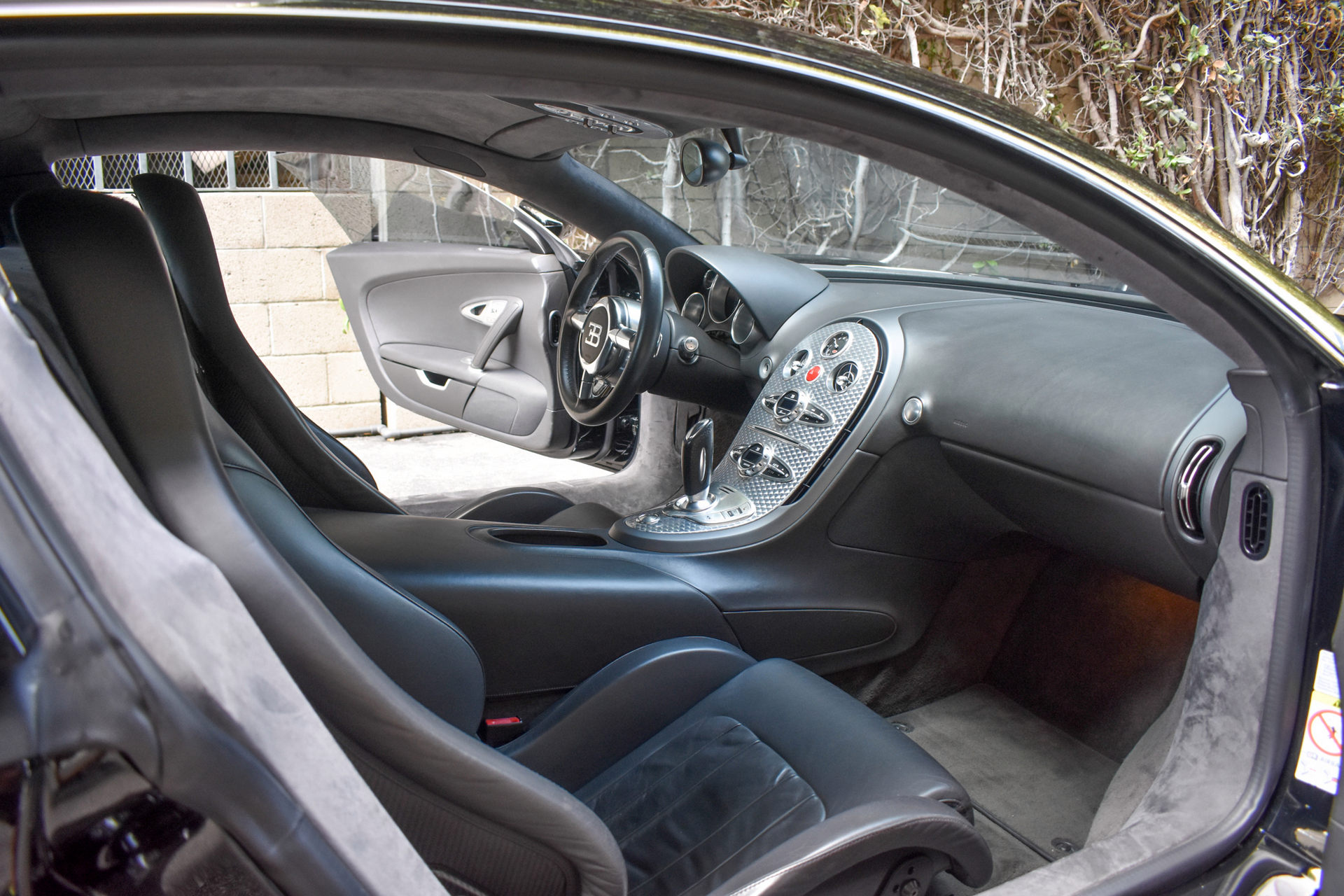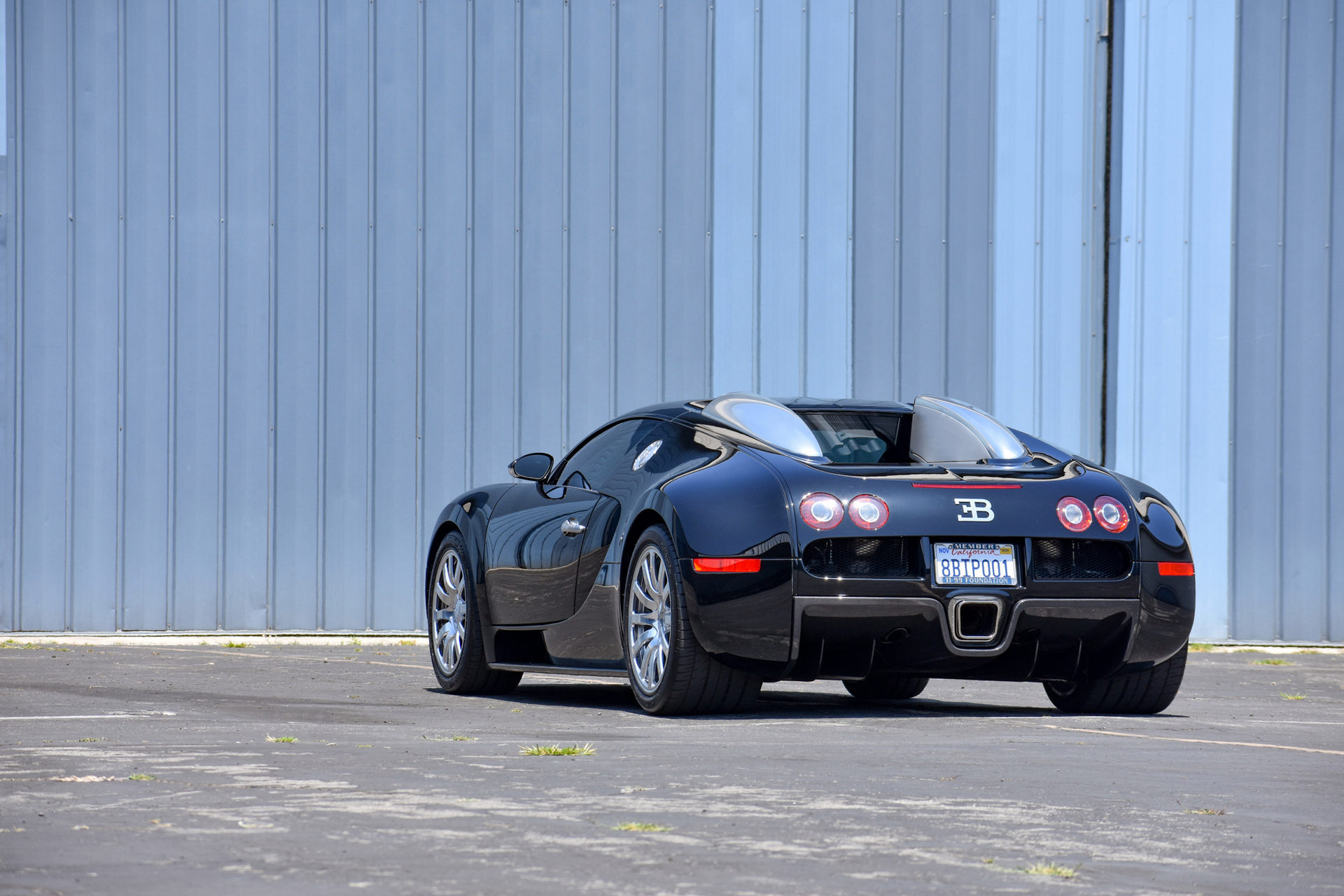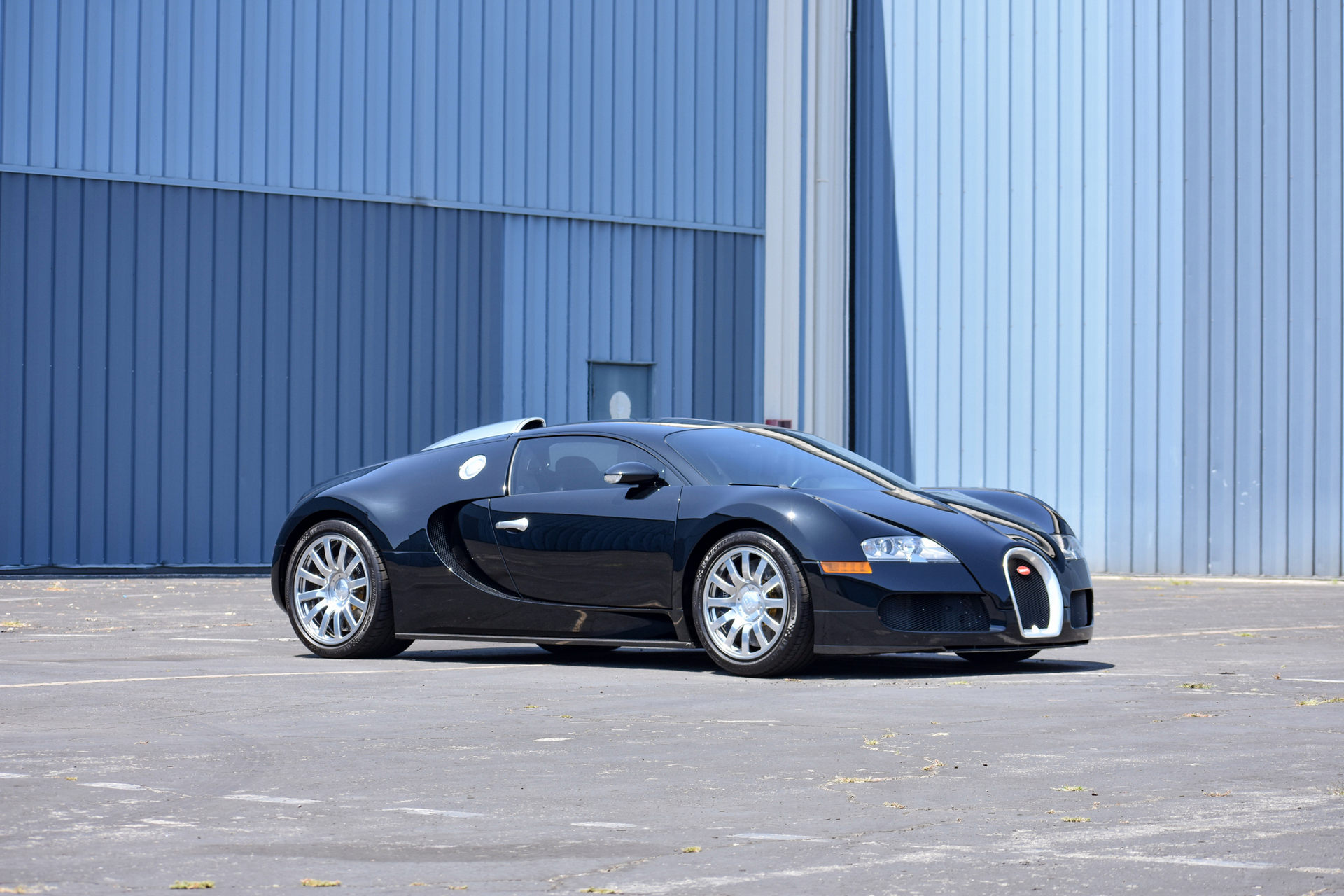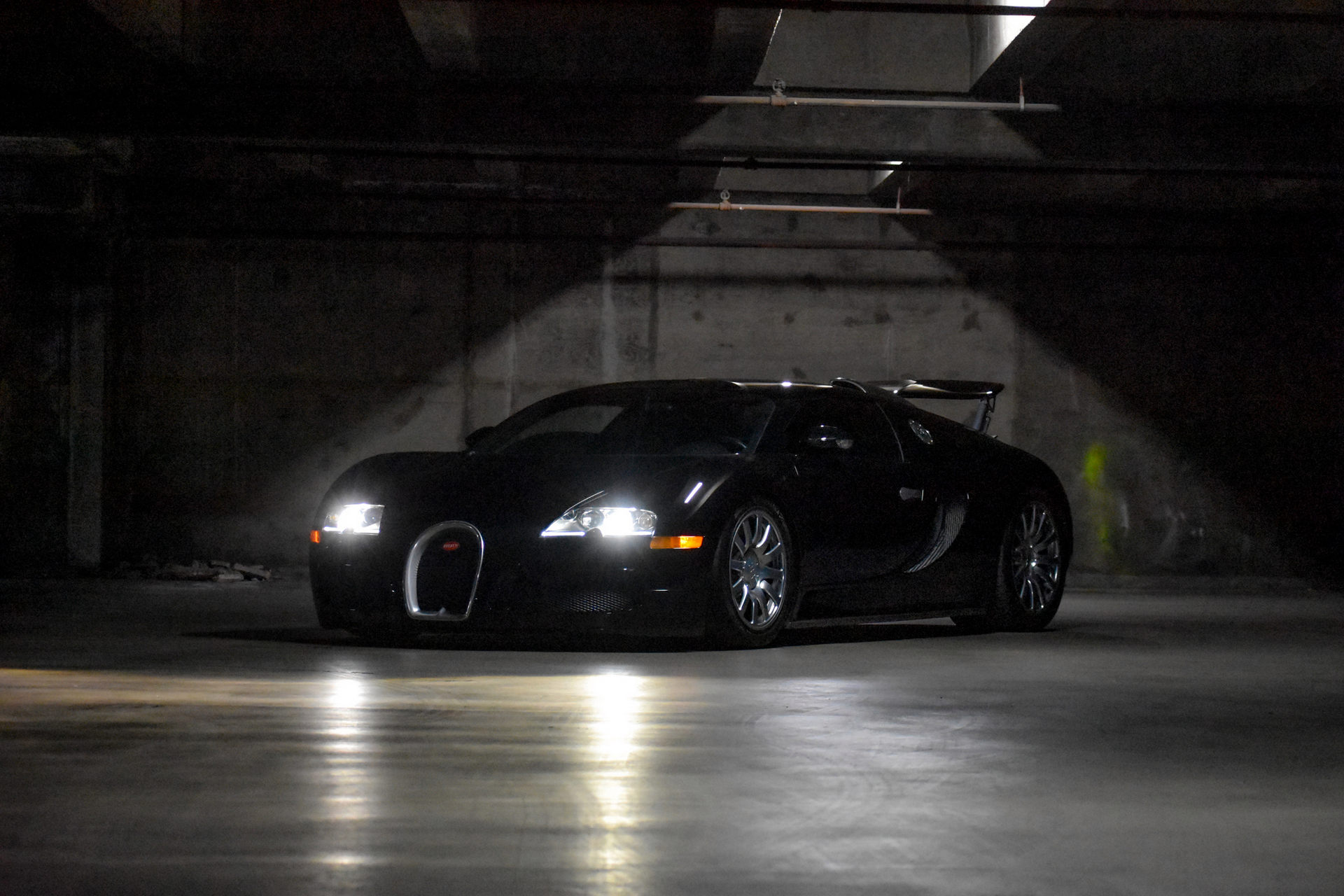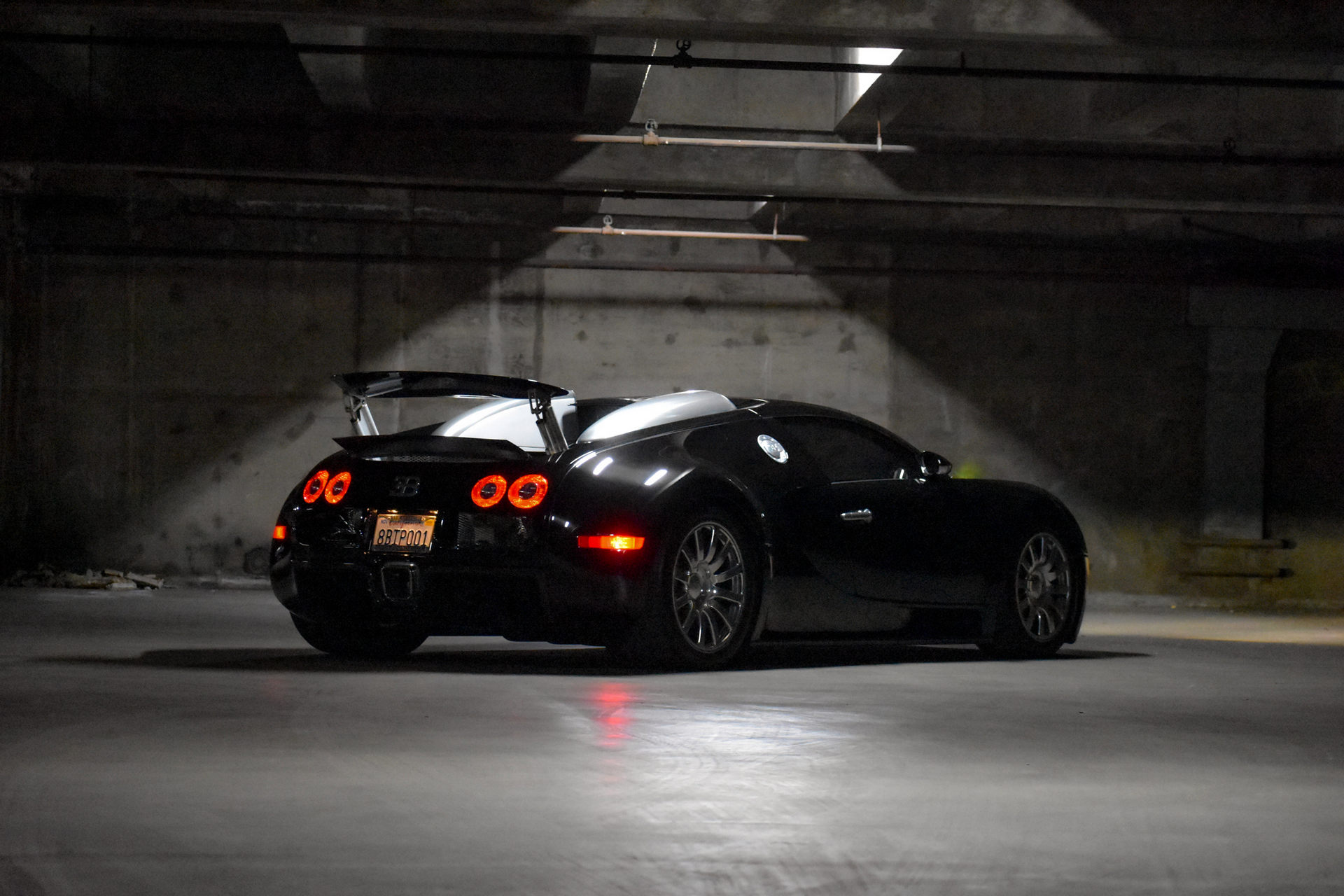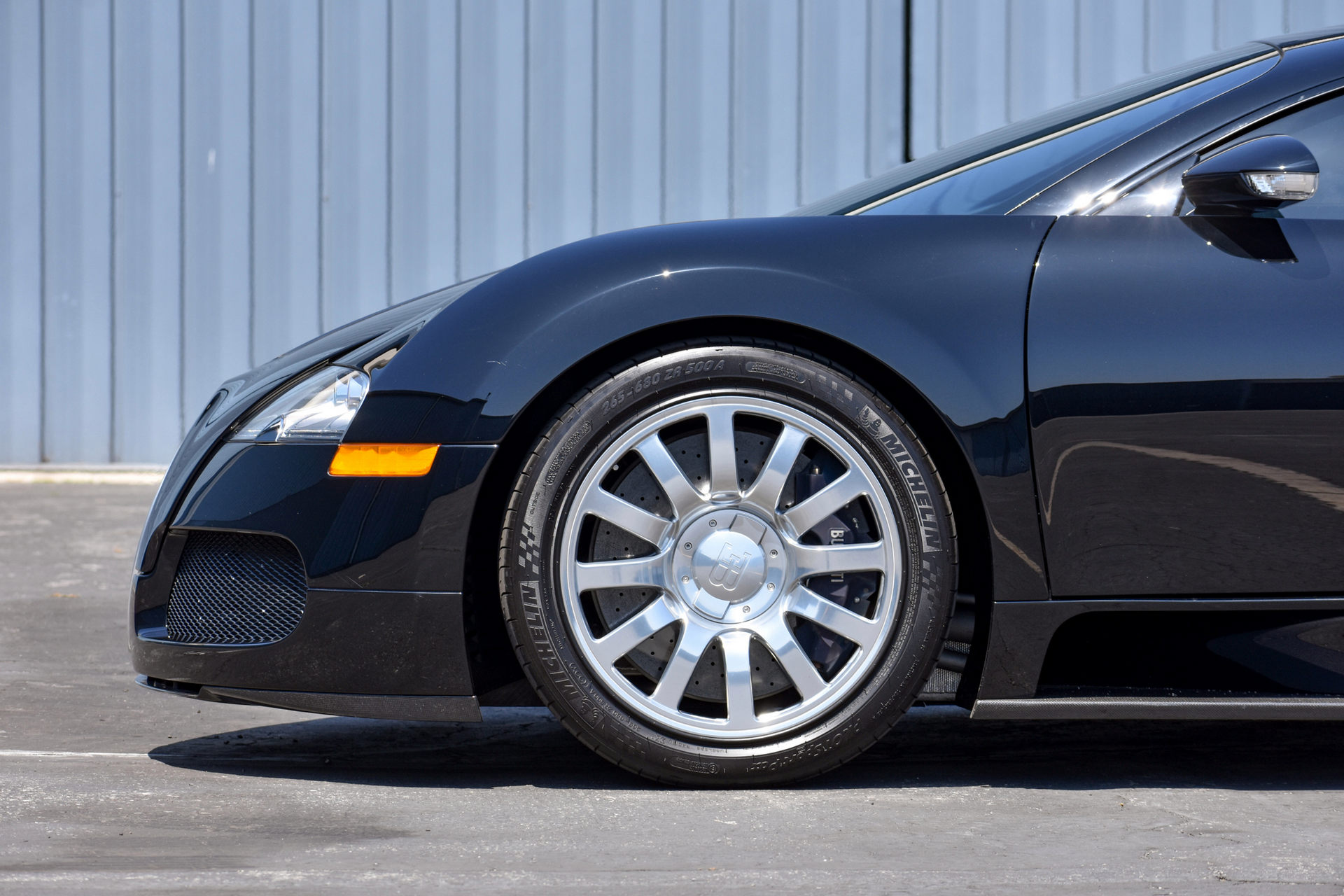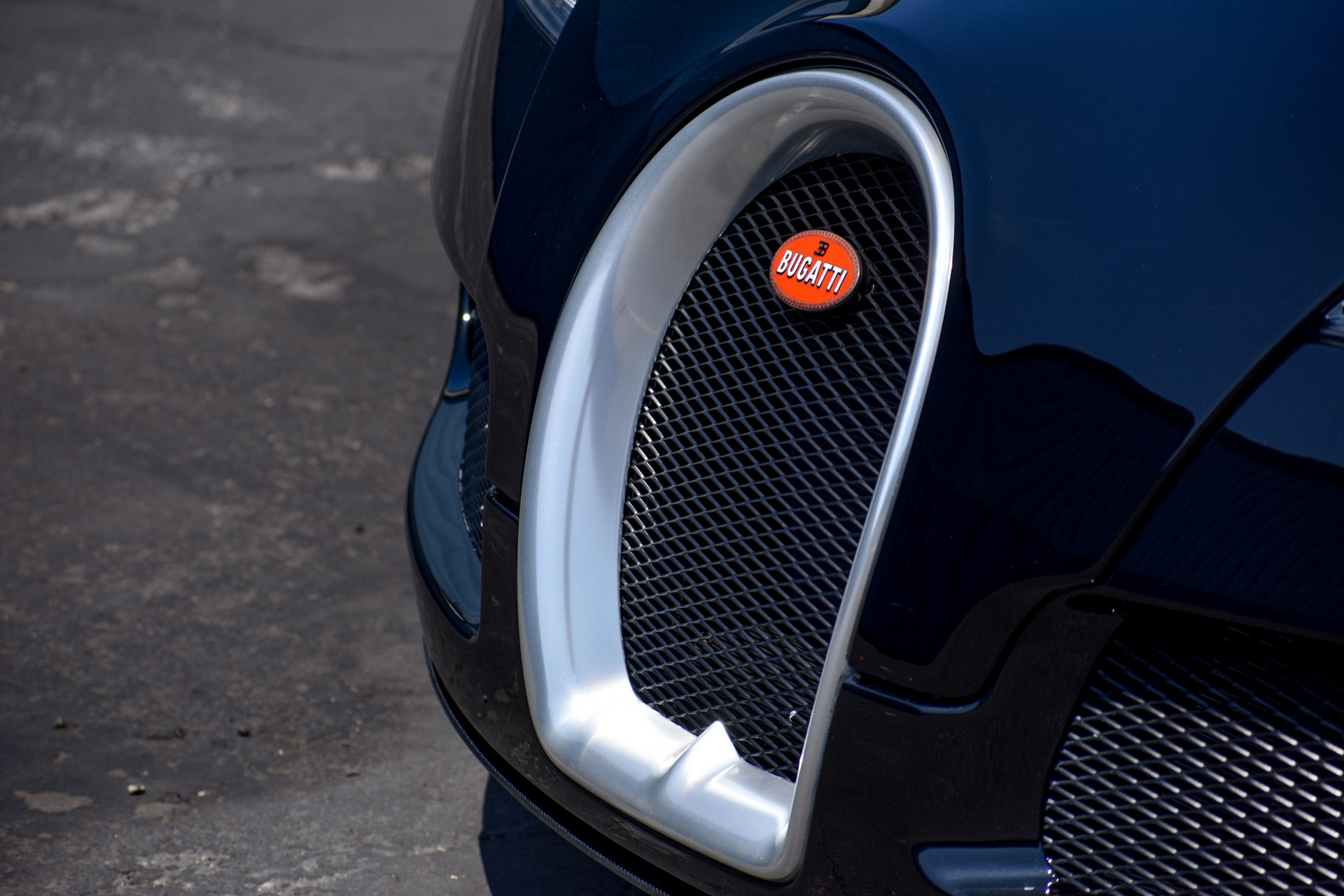The Bugatti Veyron is an absolute icon of the automotive industry and popular auction website Bring A Trailer is celebrating its 50,000th listing by offering up a Veyron with a clean Carfax report and 8,000 miles under its belt.
Bugatti ultimately produced 450 examples of the Veyron but as so many of them were limited-run special edition models, production of the original and record-setting Veyron 16.4 Coupe sits at just 252 units. This particular car is number 89 of these and is the 29th of just 76 that were built for the U.S. market.
Read Also: This Is The Final Bugatti Veyron Super Sport And It’s Up For Sale
The listing notes that the car was acquired by the current owner in 2018 and is being sold with all its service records and a clean California title. The original owner went for a simple exterior finish of Beluga Black accented with exposed aluminum engine air intakes and a titanium front grille. It also features aluminum wheels wrapped in Michelin Pilot Sport PAX tires that measure 265/680 at the front and 365/710 at the rear. Hiding behind the wheels are 15.7-inch carbon ceramic discs and eight-piston calipers at the front and 15-inch discs and six-piston calipers at the rear.
Much like the exterior, the interior of this Bugatti is very restrained. Found inside are carbon fiber-backed seats trimmed in black leather that’s also found on the door panels, console, and dashboard. Many surfaces are also trimmed in black Alcantara and the French hypercar includes a Burmester sound system.
While the car is largely stock, it has been fitted with a custom stainless steel exhaust system, although the removed factory muffler is included in the sale.
The Veyron 16.4 is powered by an 8.0-litre, quad-turbocharged, W16 cylinder engine that delivers 987 hp (1,001 PS) and 1,250 N⋅m (922 lb-ft) of torque to all four wheels via a seven-speed dual-clutch transmission. On 19 April, 2005 it hit an average top speed of 408.47 km/h (253.81 mph) on Volkswagen Group’s Ehra-Lessien test track and became the first production car ever to break the 400 km/h barrier.




